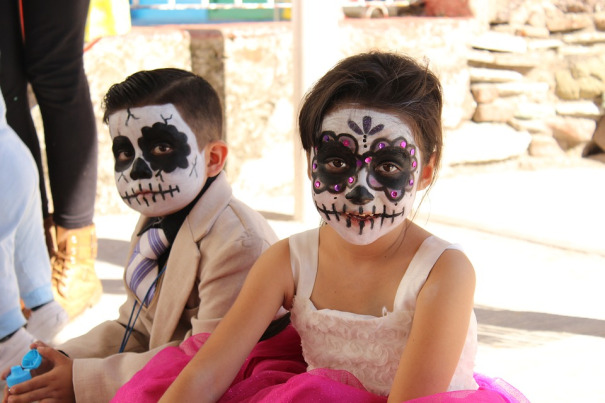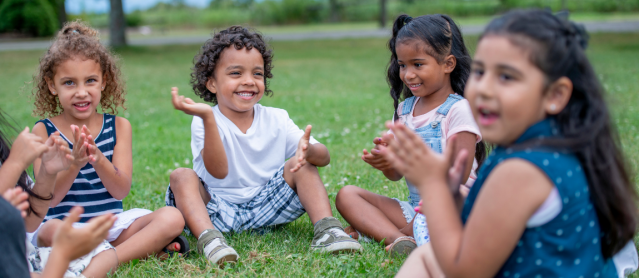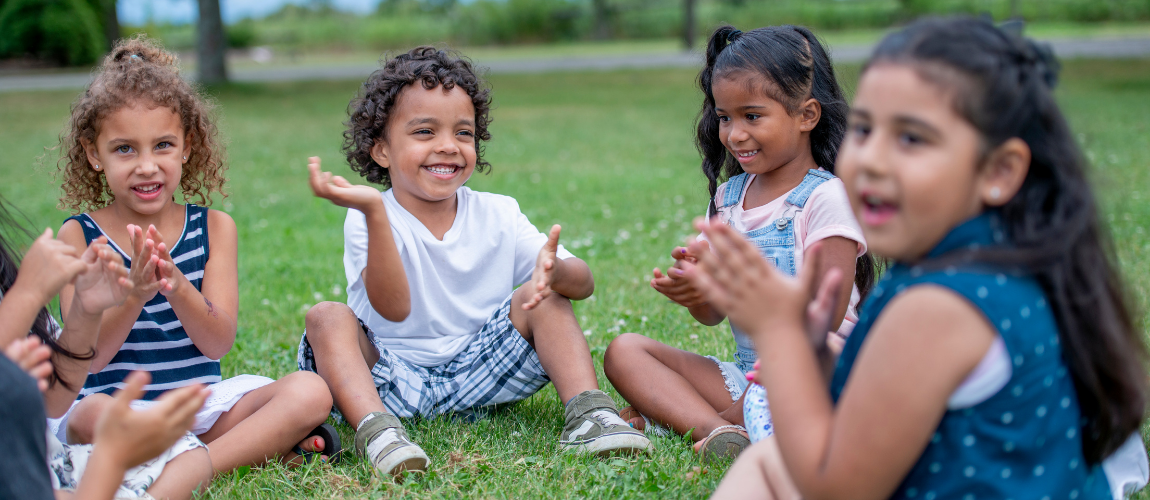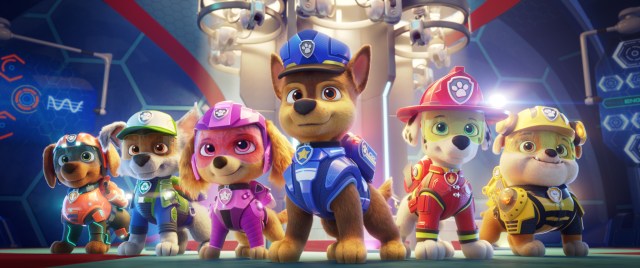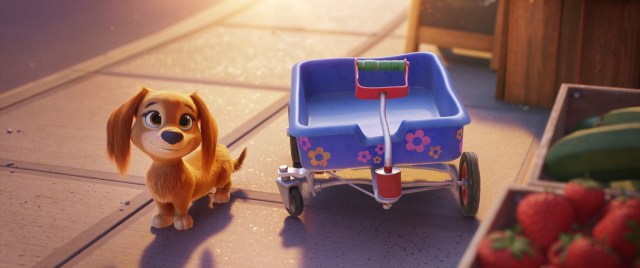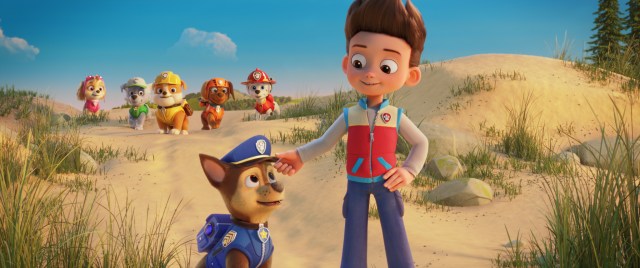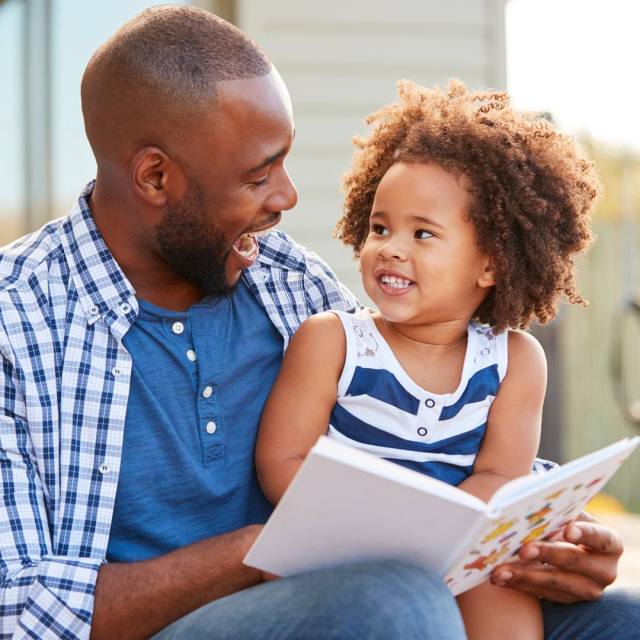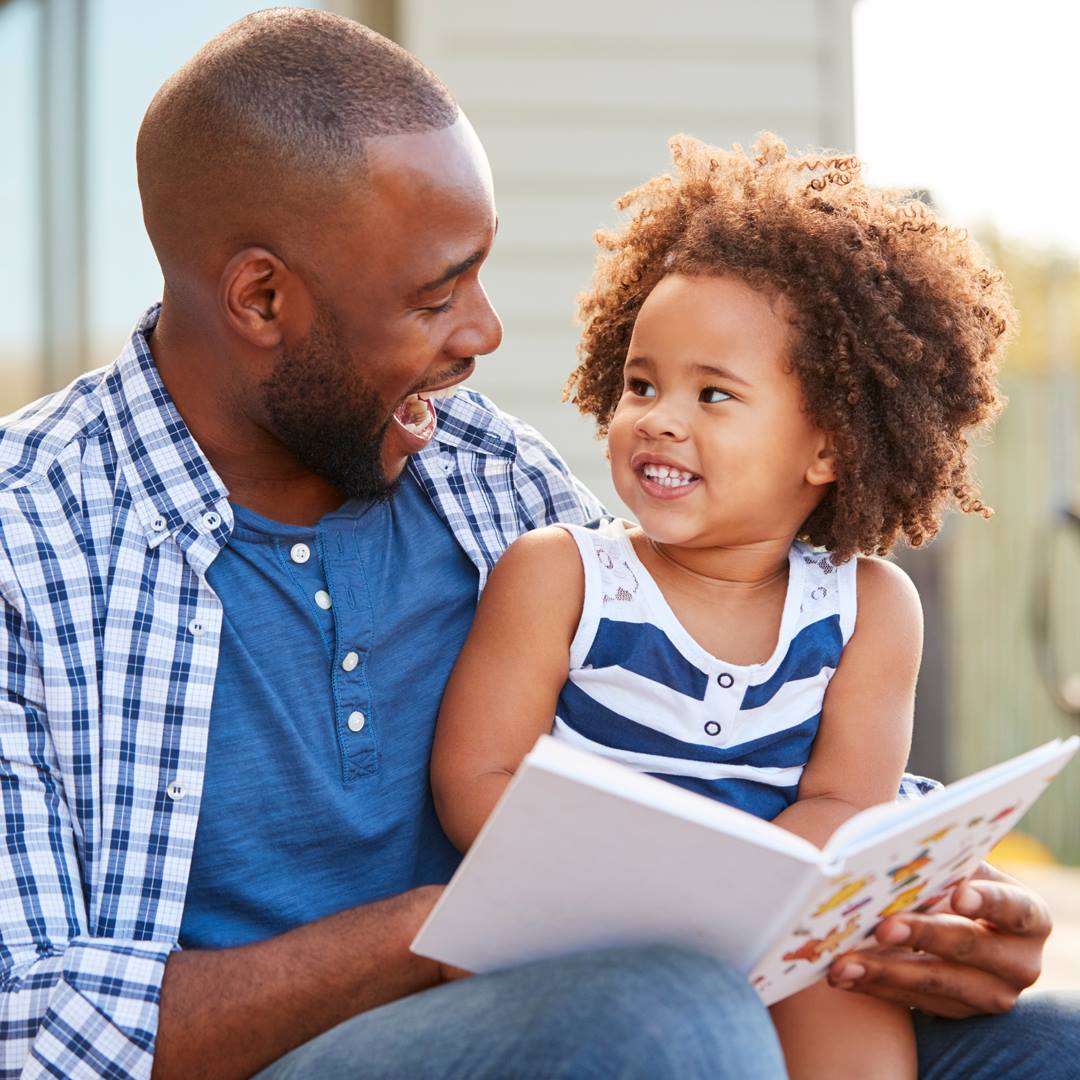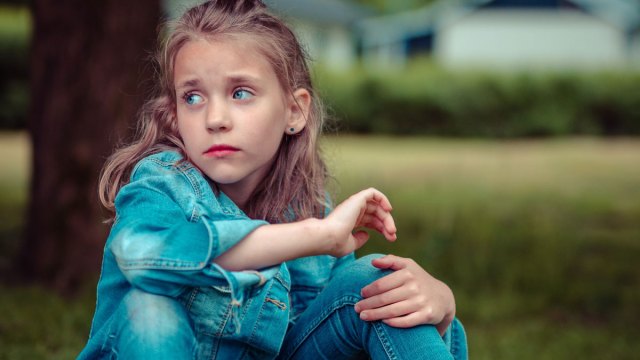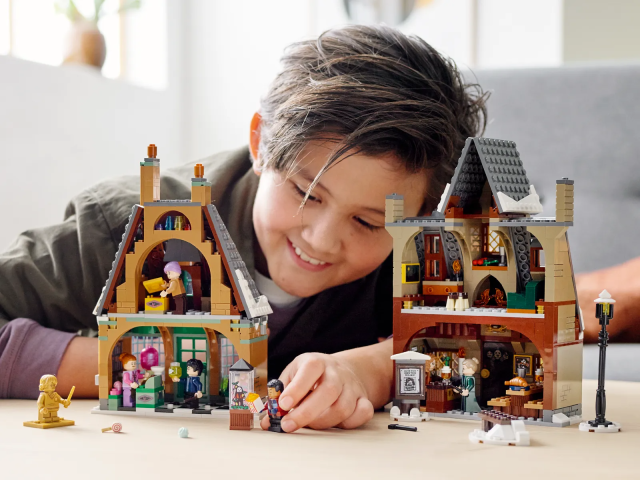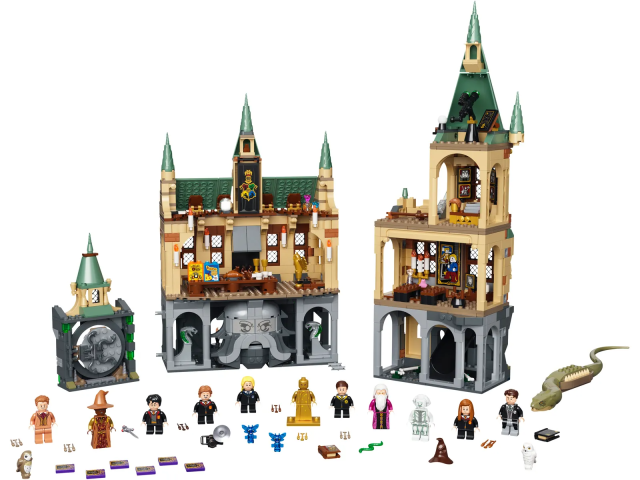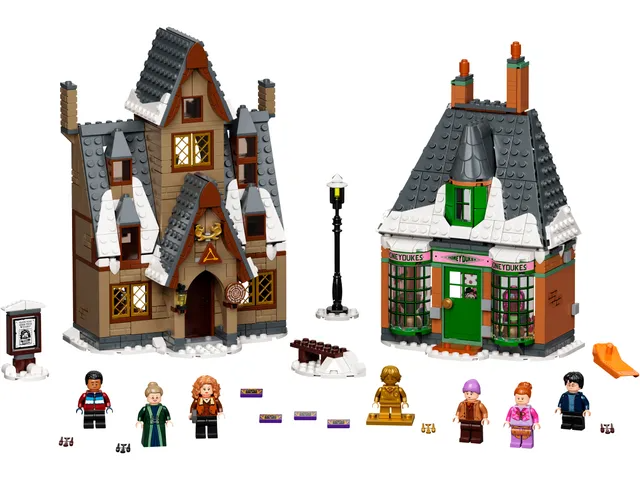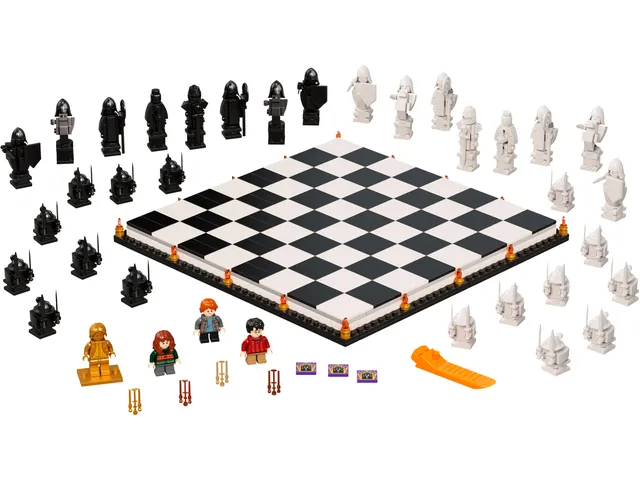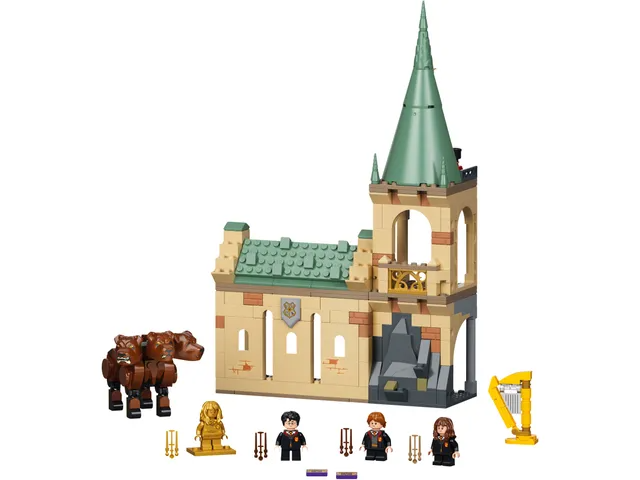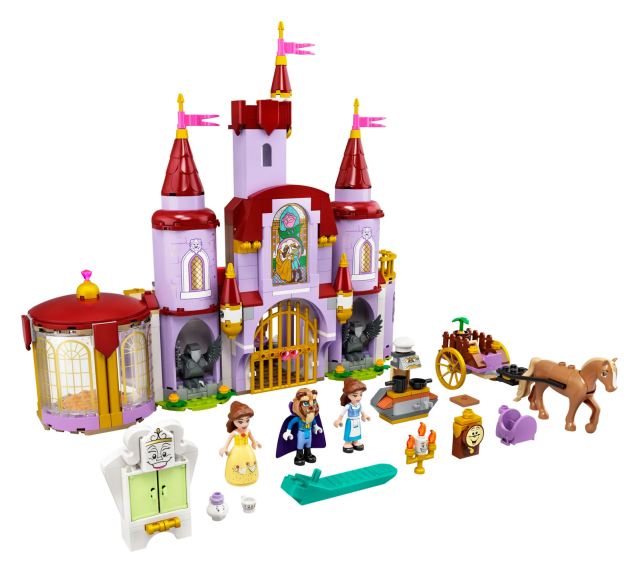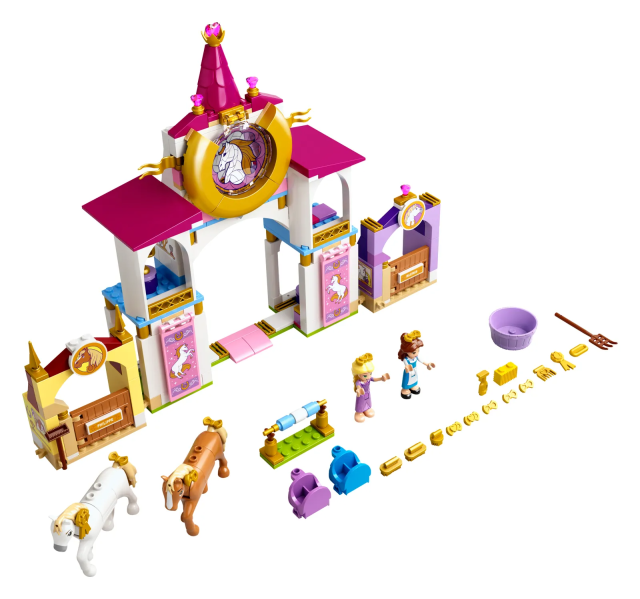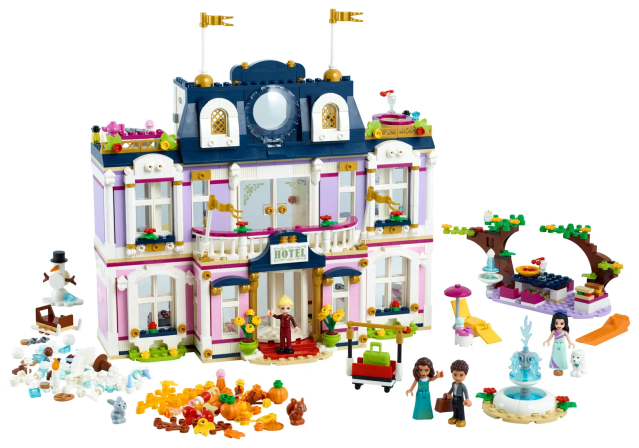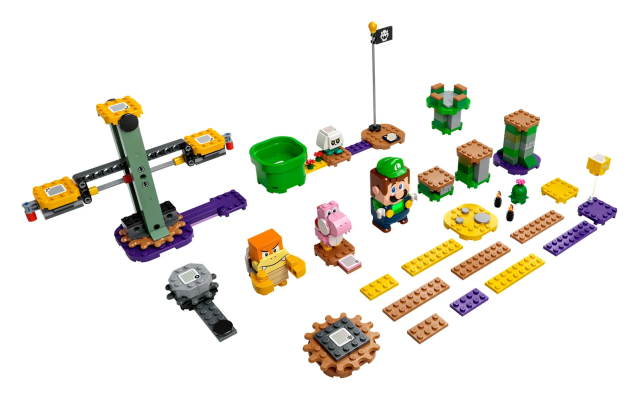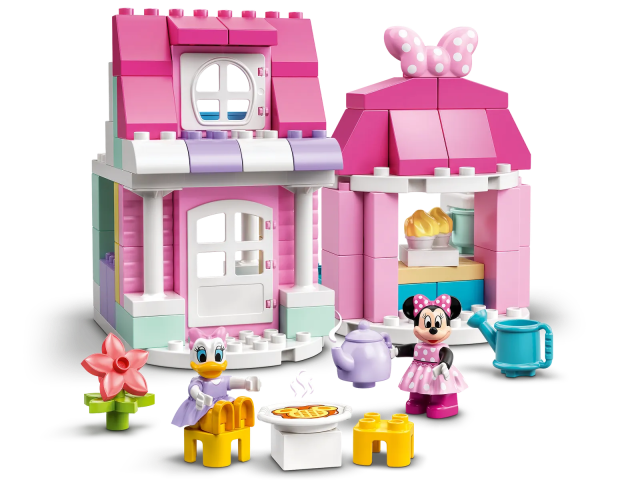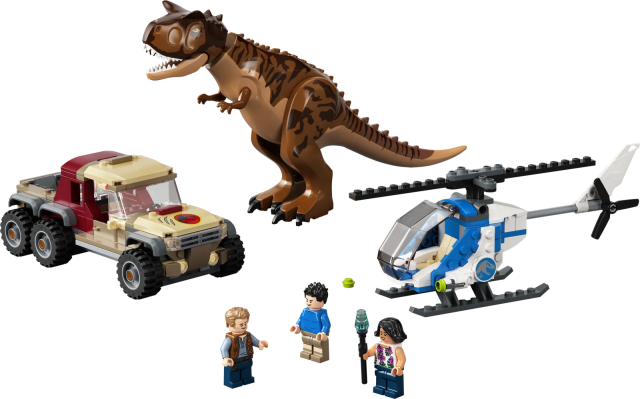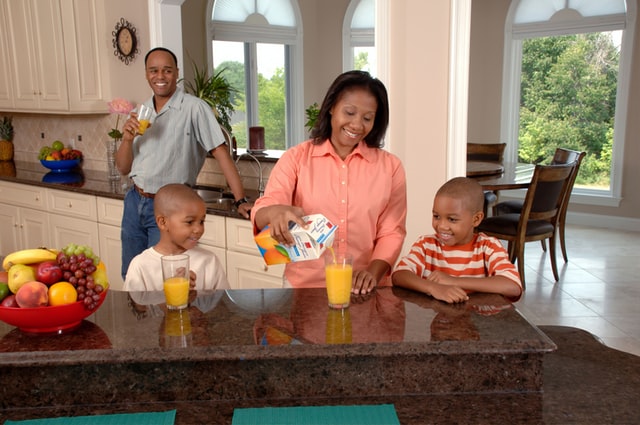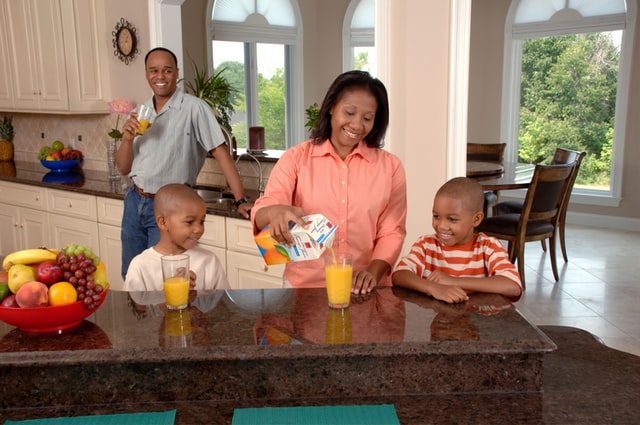Did somebody say sugar skulls? It must be Día de Los Muertos (aka Day of the Dead)! From the history of the holiday to crafts, to food, and artisans to support, read on to get some inspiration for celebrating this important holiday with your family.
The Skull Truth: Día de Los Muertos Facts & History
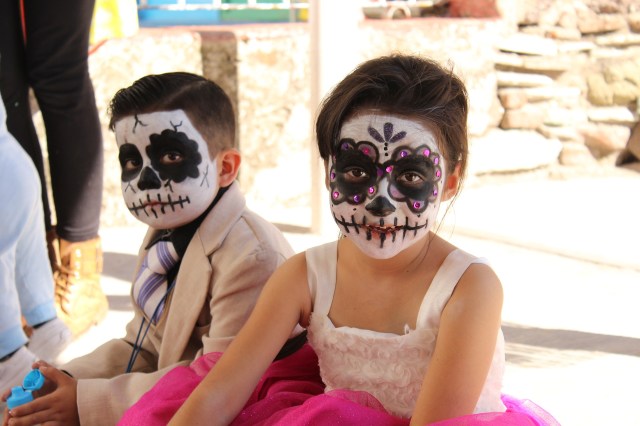
Celebrated throughout the Americas, this tradition of Día de Los Muertos, or Day of the Dead, originated in Mexico. Kids will recognize the colorfully decorated sugar skull as the most common symbol. Your town or neighborhood may host a celebration, but not everyone knows the meaning behind it.
Did you know:
The Dia de los Muertos holiday is actually two days, held consecutively: Nov. 1 is marked as a day to honor lost children, as well as any lost or forgotten souls. Nov. 2, Day of the Dead official, honors all lost ancestors and loved ones.
The week preceding (and sometimes longer) is spent in preparation for the big night which often culminates in a procession to the town cemetery or a central place where altars have been erected.
Loved ones are honored with offerings including the departed's favorite foods, drinks, and objects.
Sugar skulls aren't necessarily to eat.
Click here to learn even more about the significance of sugar skulls, why it's such an important holiday in Mexican culture, and how you can participate.
Read a Day-of-the-Dead Inspired Story
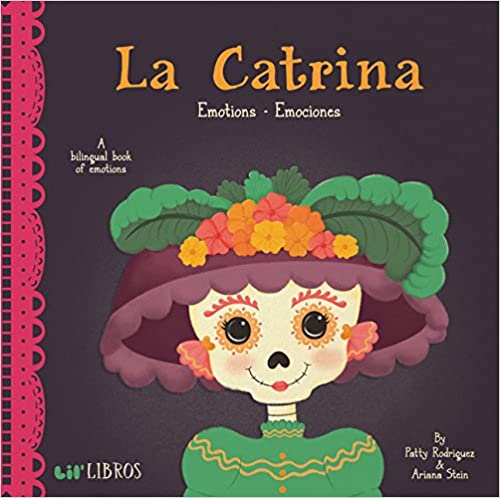
Get ready for the holiday and inspiration for your own celebrations by reading books together. We love La Catrina: Emotions - Emociones, a sweet board book that uses beautiful imagery to help kids express emotions. For ages 4-8 we recommend the bilingual picture book, I Remember Abuelito: A Day of the Dead Story/Yo Recuerdo a Abuelito: Un Cuento Del Dia de Los Muertos.
Support Latinx Artists
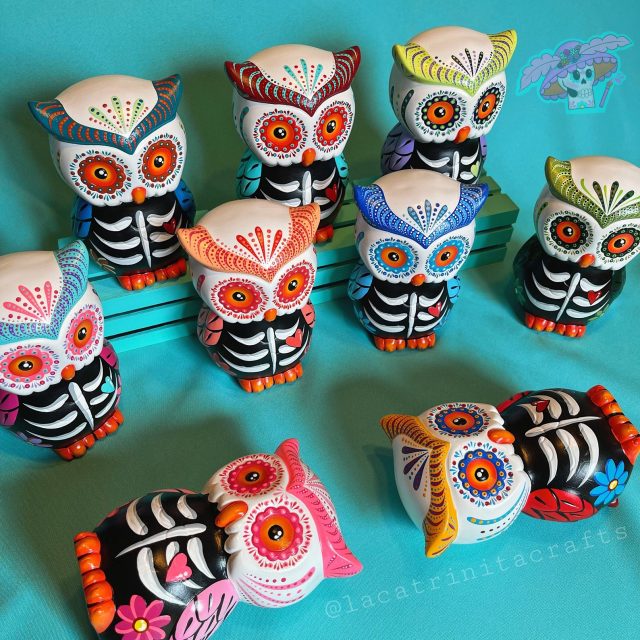
Yes, we know you can get Day of the Dead decor at Target. But put some dollars into supporting Latinx artists to get your skeleton vibes and honor the roots of this holiday.
Etsy shop MyCajitaCo goes beyond fair trade and cultivates items from Mexico-based artisans, like this incredible three-piece ofrenda set. And LaCatrinitaCrafts has hand-painted skeleton owls you will want next to you all the time. This Mama Muerte print from artist ScenicG is just one of his many gorgeous and unique pieces.
Día de Los Muertos Recipes & Activity Kit
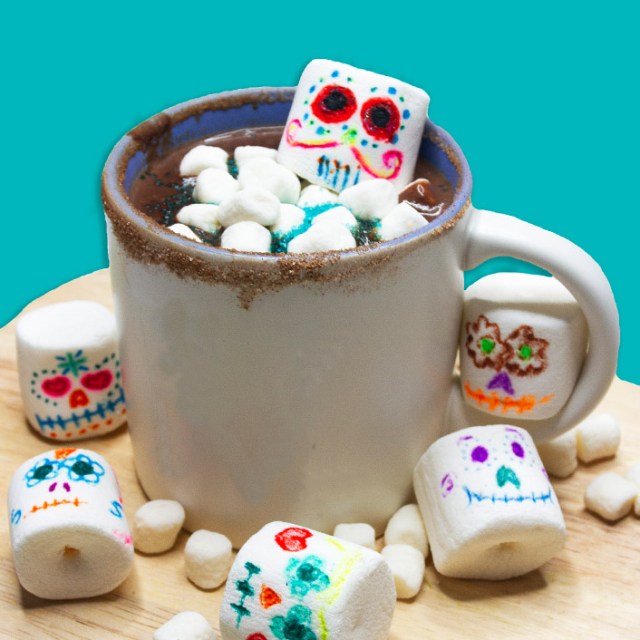
Kidstir has a special Day of the Dead activity and recipe kit, aimed at getting kids into the kitchen to help celebrate the holiday. You'll receive three iconic recipes for Mexican dishes like quesadilla skulls, Mexican hot chocolate and Sopa de Fideo (classic tomato soup with fried pasta), along with activities, a cooking tool, stickers and more inspired by the holiday.
You can purchase this activity kit on Kidstir.com.
Sweet Sugar Skull Crafts

Skulls and skeletons with flowers in their hair, hats, mustaches, suits, and more can be seen throughout the Day of the Dead holiday. Here are some sugar-skull-inspired crafts you can try at home with your kids this year.
If you've always wanted to try making your own sugar skulls at home, check out this site to get supplies, decor, and tutorials.
10 Recipes Perfect for Día de Los Muertos

Because this is a time of celebration, feasting together, especially on your loved ones' favorite foods, is a significant part of the holiday. From Pan de Muerto—a sugar sprinkled yeast bread frequently placed on the altars to the dead—to traditional Mexican foods, check out these ten recipes to cook up something delicious.
